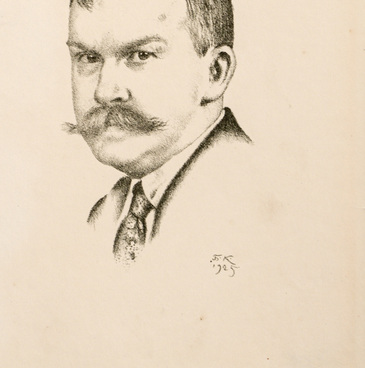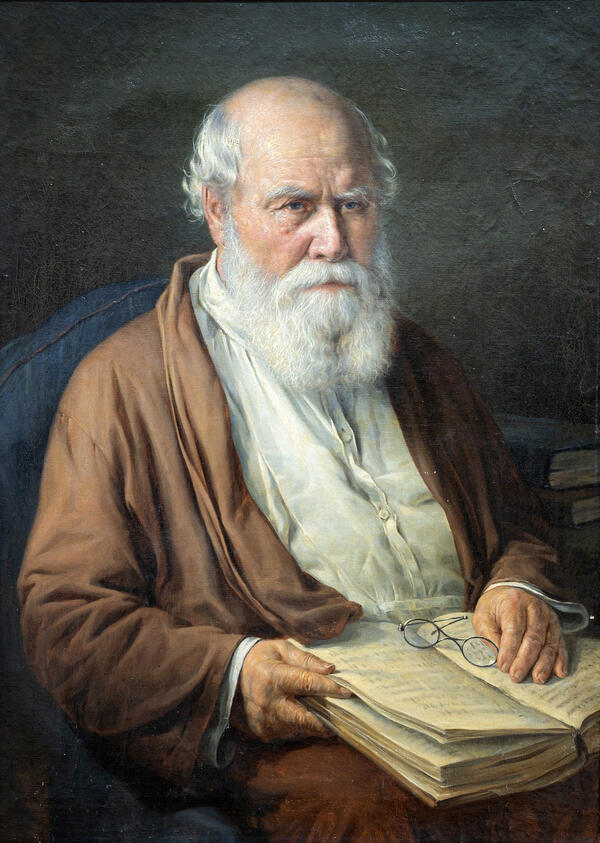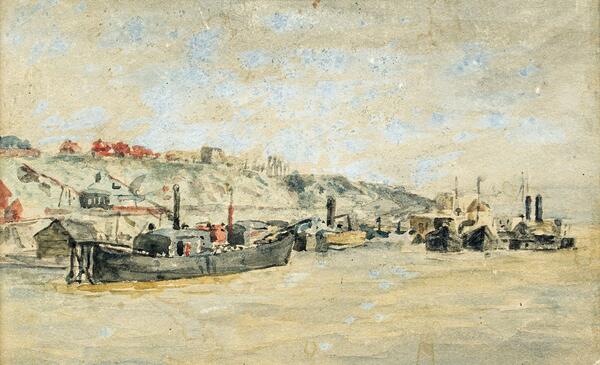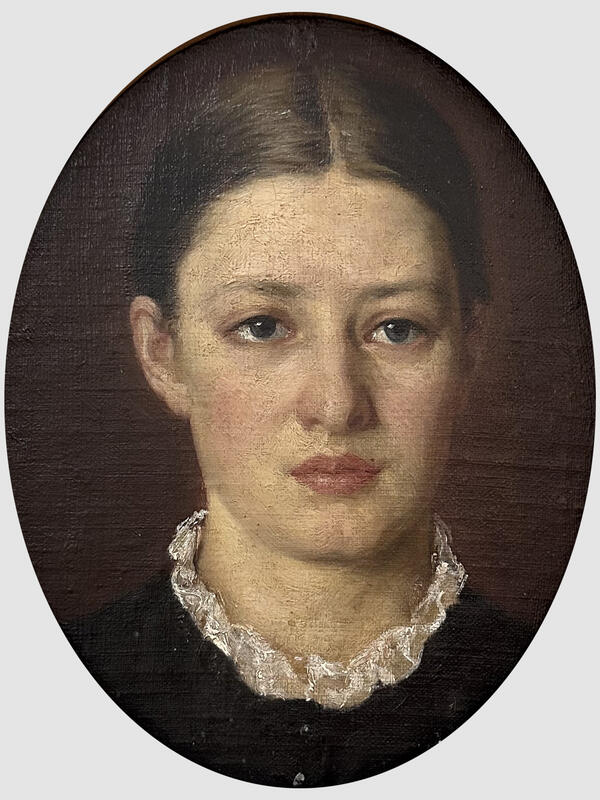The art collection of the Boris Mikhailovich Kustodiev House Museum includes a graduation work of Pavel Alekseyevich Vlasov — the painting “Old Priam Begs Achilles for the Body of His Son Hector”. It was created under the guidance of professor of history and portrait painting Carl Bogdanovich Wenig (1830–1908).
Issues with his legs prevented the talented academic artist, Pavel Vlasov, from working on scaffolding and painting murals. So, in 1885, he was forced to transfer to the class of history painting, where he quickly achieved significant success. Already in October 1885, he received a Large Silver Medal for his sketch of the painting “The Appearance of Jesus Christ among the Apostles after His Resurrection.” The plot of the artist’s graduation work was inspired by Homer’s poem “The Iliad”. The hero Achilles is depicted in a calm, dignified pose. Naked, covered with draped fabric, he sits in an armchair. His anger has subsided, his eyes are empty, he is devastated by the inevitability of what has happened — he lost a close friend. The king of Troy, Priam, comes to the enemy’s camp under the cover of night, risking his own life. Kneeling down, he begs to give him the stolen body of his son Hector, who lost in a duel to Achilles. There is no fear in Priam’s gaze — only hope.
Following the traditions established in history painting back in the Renaissance, the artist contrasts the two groups. In addition to the traditional juxtaposition, he creates a sense of multi-valued nature and theatricality of what is happening, corresponding to the requirements of academic painting formulated in the era of Classicism. Thus, the main characters — Achilles and Priam — are placed in the foreground, highlighted with light and color. The minor characters are already in the background: their faces and figures are hidden by the shadow. But there is also a background, and if one looks closely, one can see a pagan altar in the darkness of the tent. In the distance, behind the canopy, the landscape and the sky with clouds are clearly visible.
By working on this canvas, Pavel Vlasov showed his
ability not only to build a composition, but also to attract the viewer’s
attention by using contrasts. His work, executed in a “smooth manner” of
painting, fully corresponded to the aesthetic norms of the time of its
creation. The artist clearly demonstrated that he brilliantly mastered the
training course in traditional painting and this work can be considered a kind
of result of his academic achievements.






